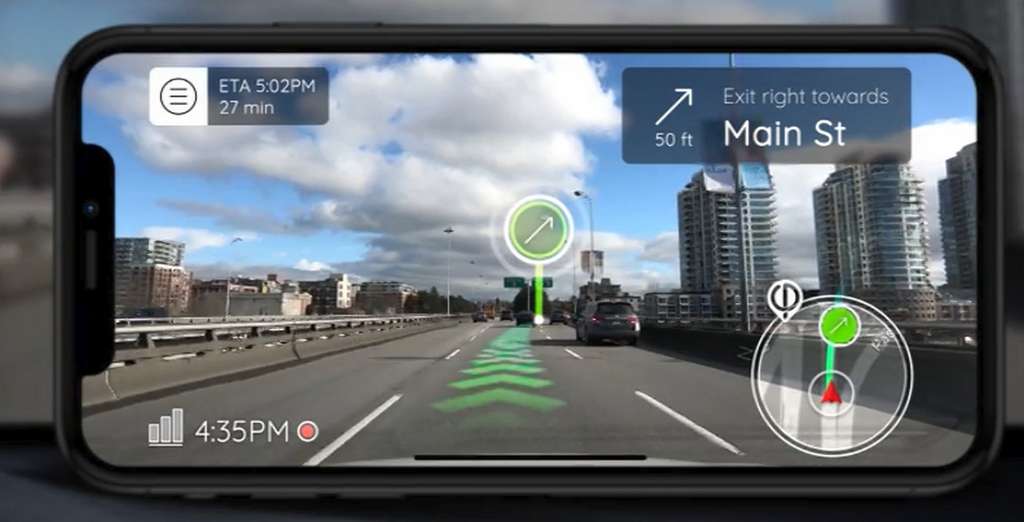How to locate an object that does not have a GPS chip or located in a complicated coverage area? MIT researchers, supported by Spanish and Italian colleagues, managed to connect connected objects by combining mathematics and Wi-Fi.
Many objects incorporate a GPS chip that allows them to determine their position with good accuracy. There are more and more connected objects, often smaller and smaller, and not all have a GPS system. How is it then possible to locate them, or to establish the exact position in an environment where no location system is accessible? A team of researchers has developed a system that allows objects to locate each other.
With the Internet of Things (IoT), a new concept is emerging, that of the ” location of objects “. There are already some solutions to overcome the lack of signal or GPS module, including using Wi-Fi waves.
By measuring the signal intensity loss, the devices can estimate their distance from each other. However, this method suffers from certain defects, especially if other signals interfere, or if there are reflective surfaces. In these cases, the signal can take an indirect path, and travel a much greater distance than the one separating the objects.
The probability used to improve accuracy
A team of researchers from the Massachusetts Institute of Technology (MIT), the University of Ferrara in Italy, the Basque Center of Applied Mathematics (BCAM) in Spain and the University of Southern California has managed to create a system that even works in noisy and private GPS environments.
Each device in a network is a node for exchanging information on their location thanks to the waves, in particular measuring the power, the angle and length of the wave path, but also through maps digital and data sensors to movement.
The data is considered inaccurate by the system, which uses machine learning to calculate all possible locations by combining different data and reducing dimensionality, a mathematical process that limits the complexity of the information collected. By multiplying measures and sources of information, a device can combine information with a high probability of being fair, and information with a low probability.

A system that could locate other devices
When the environment deteriorates, especially with the proliferation of reflective surfaces creating echoes, conventional systems, which are based on a single value deemed absolutely reliable, see their accuracy dropping dramatically.
This new system, which keeps much more information, including those deemed less reliable, manages to adapt and its accuracy does not diminish. All that is needed is a single node in the network with precise geolocation, such as a GPS or a Wi-Fi terminal, so that all other devices can establish their own precision.
The team is continuing research to create a system that requires less computing power for smaller devices. Researchers also expect to be able to locate devices that can not share information by analyzing signal backscatter, allowing other nodes in the network to detect their presence and calculate their position.